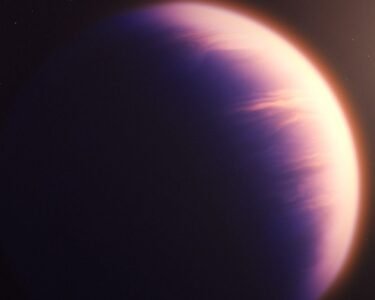This view from the NASA/ESA Hubble Space Telescope shows the globular cluster NGC 6325, which is closely packed. Glistening Star Cluster is located in the constellation Ophiuchus, approximately 26,000 light-years from Earth.
How do astronomers use globular clusters to study the birth of stars?
Globular clusters, such as NGC 6325, are tightly bonded groups of stars with tens of thousands to millions of members. They can be found in all kinds of galaxies and serve as real-world research facilities for astronomers who investigate the birth of stars. Because the constituent stars of globular clusters tend to develop at around the same time and with comparable starting compositions, astronomers may use them to fine-tune their theories of how stars grow.

Why did astronomers focus on examining this particular cluster?
Astronomers examined this particular cluster in order to find a hidden monster rather than to understand star formation better. Though it appears to be serene, astronomers believe this cluster contains an intermediate-mass black hole that subtly alters nearby stars’ velocity. Previous research discovered that the dispersion of stars in some highly concentrated globular clusters – those with stars packed relatively tightly together – differed slightly from what astronomers predicted.
How did researchers investigate the possibility of a black hole in NGC 6325?
This discrepancy shows that a black hole may be hiding at the center of at least part of these tightly packed globular clusters, maybe NGC 6325. To investigate this concept further, researchers used Hubble’s Wide Field Camera 3 to observe a broader sample of densely packed globular clusters, including this star-studded image of NGC 6325. This image also includes data from Hubble’s Advanced Camera for Surveys.





